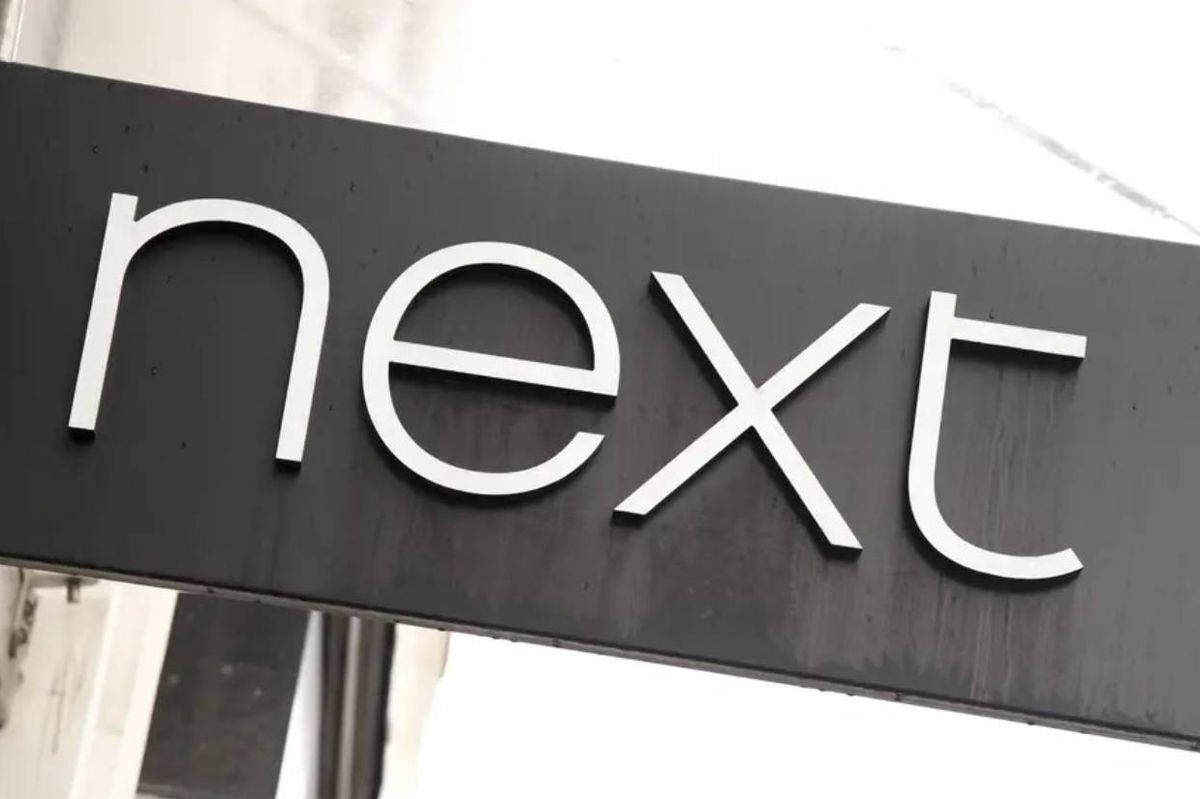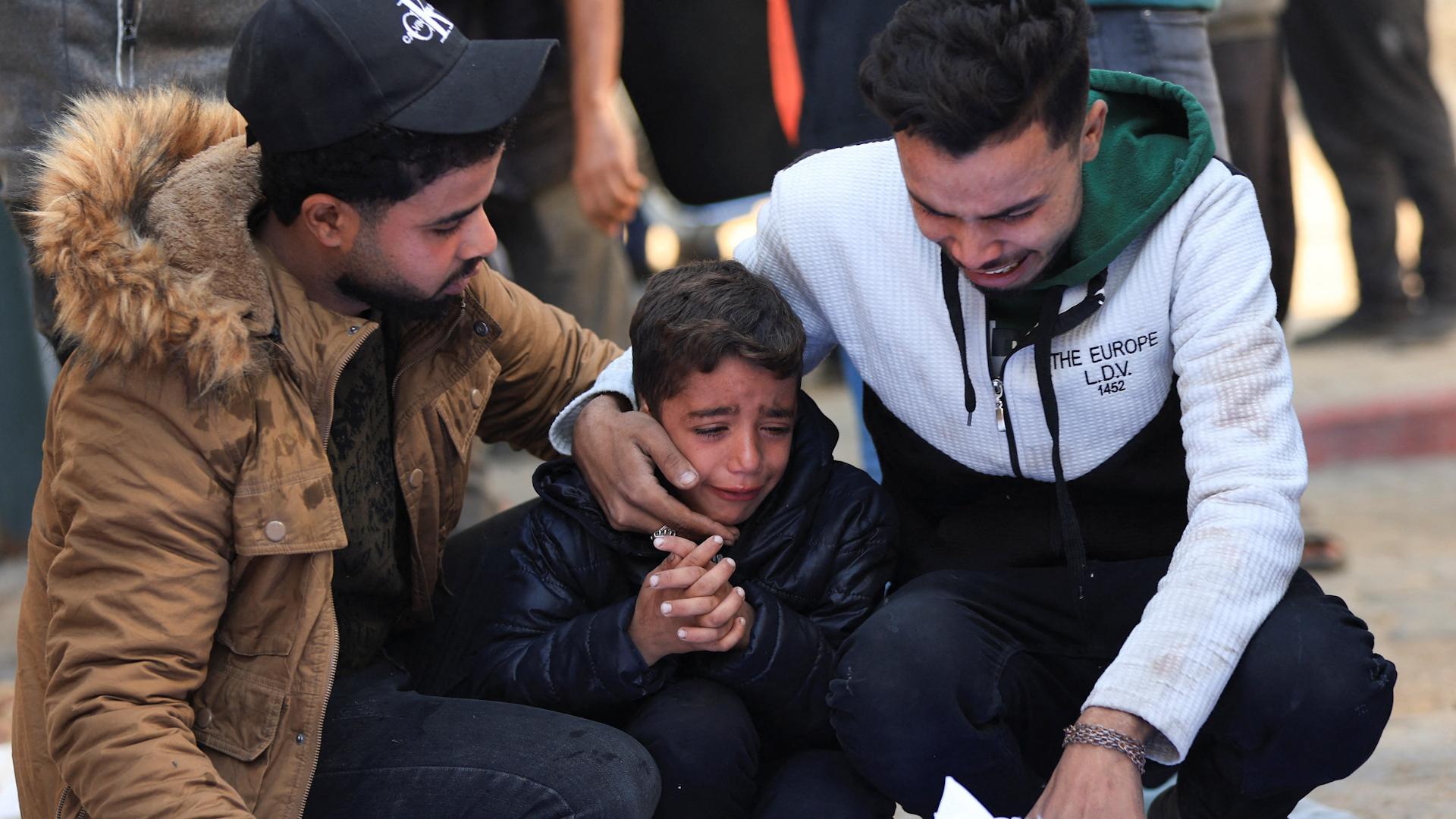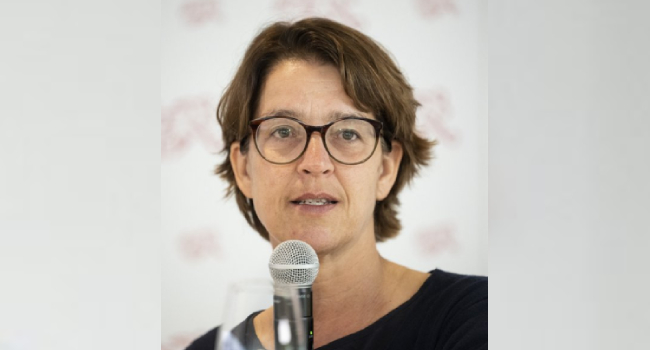Next shoppers are going wild for these ‘fantastic quality’ cardigans that are an absolute bargain as they sell for £10 a piece – but you’ll need to hurry, they’re selling fast
As the temperature drops, a cardigan becomes a must-have layer to fend off the cold. That’s why Next customers are rushing to grab a set of three for just £31.50, making each one a steal at £10.50.
These jumpers, crafted from ‘fine knit’, serve as an ideal layering piece for when winter weather strikes. At the time of writing, these jumpers are available in plum, dark pink and brown, with the two-pack and four-pack options already sold out.
READ MORE: Where to shop Amanda Holden’s satin Christmas pyjamas that fans are ‘obsessed’ with
READ MORE: Shoppers rave these Royal-approved waterproof boots are ‘perfect for walking’ in winter
The full product description on the Next website states: “Upgrade your layering essentials with The Set 3 Pack fine knit cardigans. This versatile multipack includes a range of colours. Made from a fine knit fabric, each piece features a timeless crew neck and a button-through front. They’re the perfect layering staple for adding a touch of style and warmth to any outfit.”
For those who prefer a more neutral palette, Next is also offering this 3 pack Fine Knit Button Cardigans in Black/Grey/Stripe designs for £33. Check it out here.
M&S is also selling this Crew Neck Cardigan with Wool in a variety of stunning winter colours for £23, reports the Liverpool Echo.
In the reviews section on Next’s website, one shopper praised: “Excellent value for money and I needed classics to go under my jackets or just casual for shopping. Lovely. Knitwear. Very happy and always am with Next.”
Another review read: “Fantastic quality cardigans, and a bargain.”
A third customer commented: “It was a good cheap and cheerful buy.”
A fourth shopper remarked: “Good quality for the price. Lovely and soft. Colours as stated. Right on-trend. Love them.”
Though not every customer was equally pleased with the jumper’s fit, as one review noted: “They were very small in size and far to short.”





